
Hunts
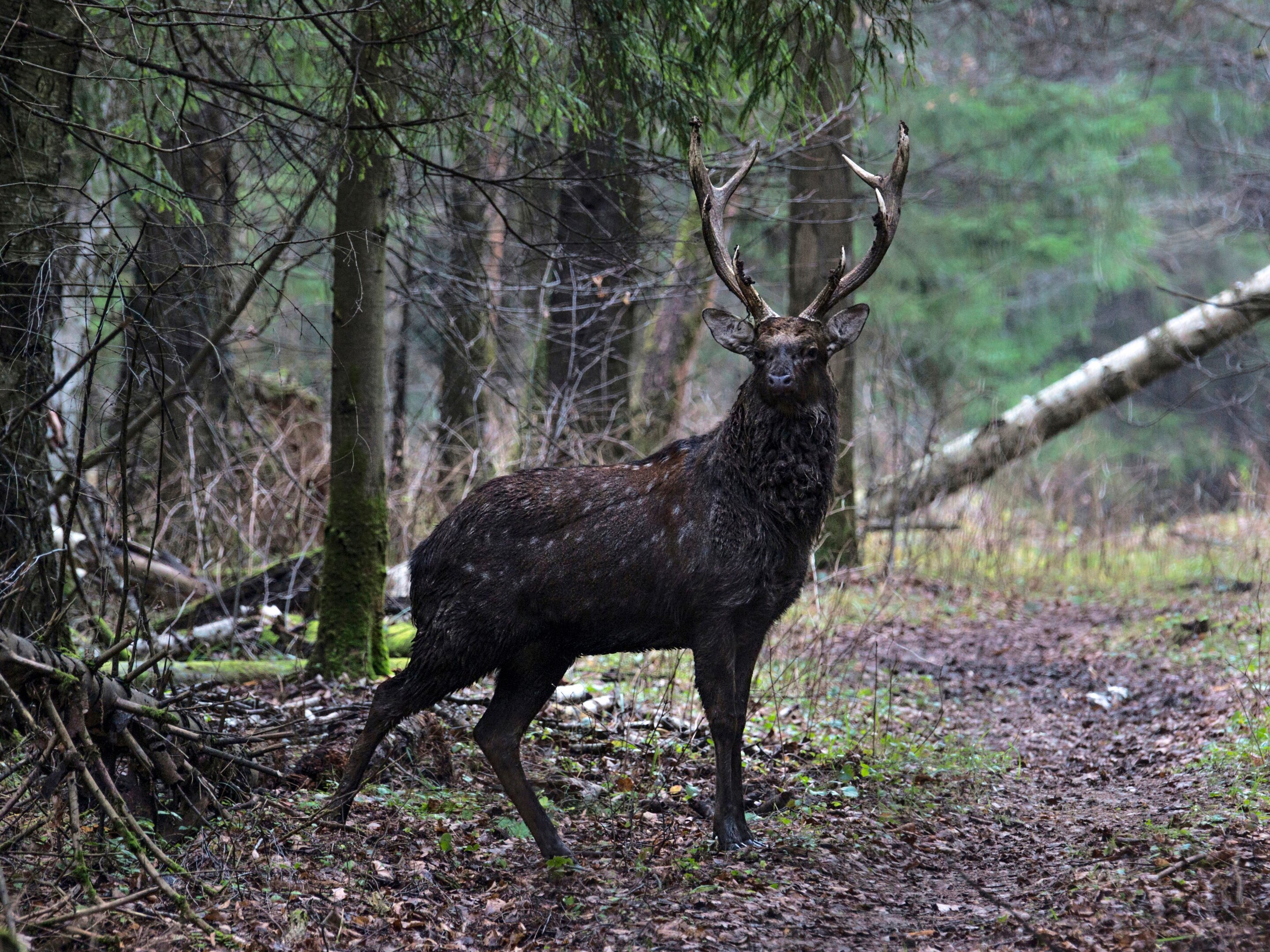
Sika deer in rut
The Sika deer rutting season occurs in the month of October. During the rut, the male deer, known as a "jelen," expresses itself with loud, long, and drawn-out whistling sounds. The jelen gathers and protects a herd of does during this period.
Hunting Sika deer is not easy and is likely one of the most challenging hunts in Europe. It requires a lot of patience and hunting skills but is all the more interesting and exciting because of its suspense, providing truly exceptional and magnificent hunting experiences.
This game is hunted with great difficulty because Sika deer are extremely cautious and possess excellent senses. They don't give much chance because they feed almost while on the move and are constantly in motion.
The game often moves very quickly to the center of a meadow, to a safe distance from overgrown areas where the danger of a hunter's presence may lurk. Moreover, they have exceptional perception, as mentioned earlier, they detect even the slightest movement, sense humans from a great distance, and sometimes instinctively feel their presence.
Luring
Sika deer can be lured using a call that imitates the whistling of a rutting male Sika deer.
To successfully lure, one must know the right places for stands and the animal's habitat during the rut, master the art of concealment, understand wind patterns, be familiar with the behavior of the animals, and, most importantly, be able to perfectly imitate the animal's call.
Hunting period
October 1st - October 31st
The peak of the Sika deer rutting season occurs on October 15th.
Biology
Sika deer inhabit mixed and deciduous forests interspersed with open areas for grazing. They must venture out from purely coniferous forests to find food in fields. They prefer bright forests and park-like landscapes. They are active during the day and enjoy basking in the sun on meadows and clearings.
Their diet is selective, changing with the seasons. In spring, they graze on emerging vegetation, in summer they prefer the leafy parts of plants. In autumn, Sika deer intensively collect seeds and fruits from trees, shrubs, grasses, and herbs. In winter, they browse on the twigs of shrubs and trees and the remains of dry vegetation.
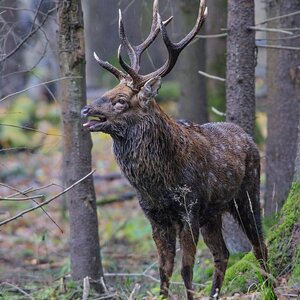

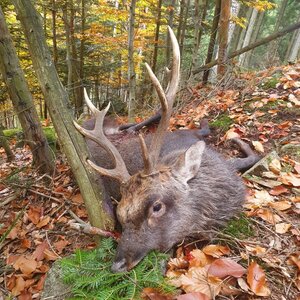
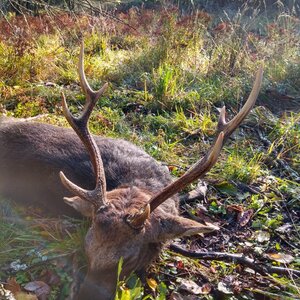
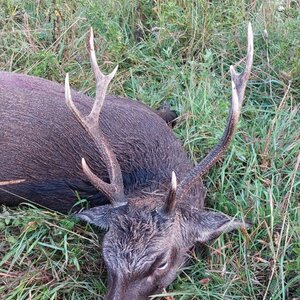
.png?locale=en)
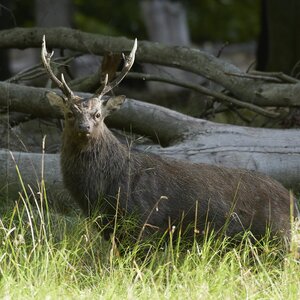

.jpeg?locale=en)

.jpg?locale=en)
